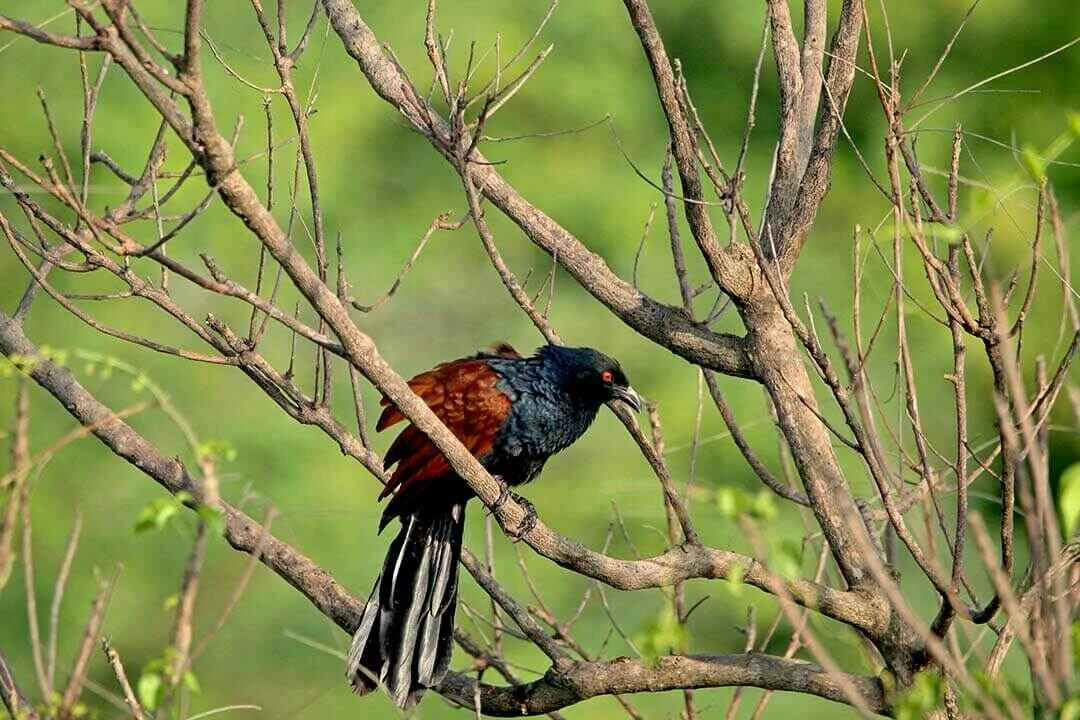
BIRDING IN
Maasai Mara
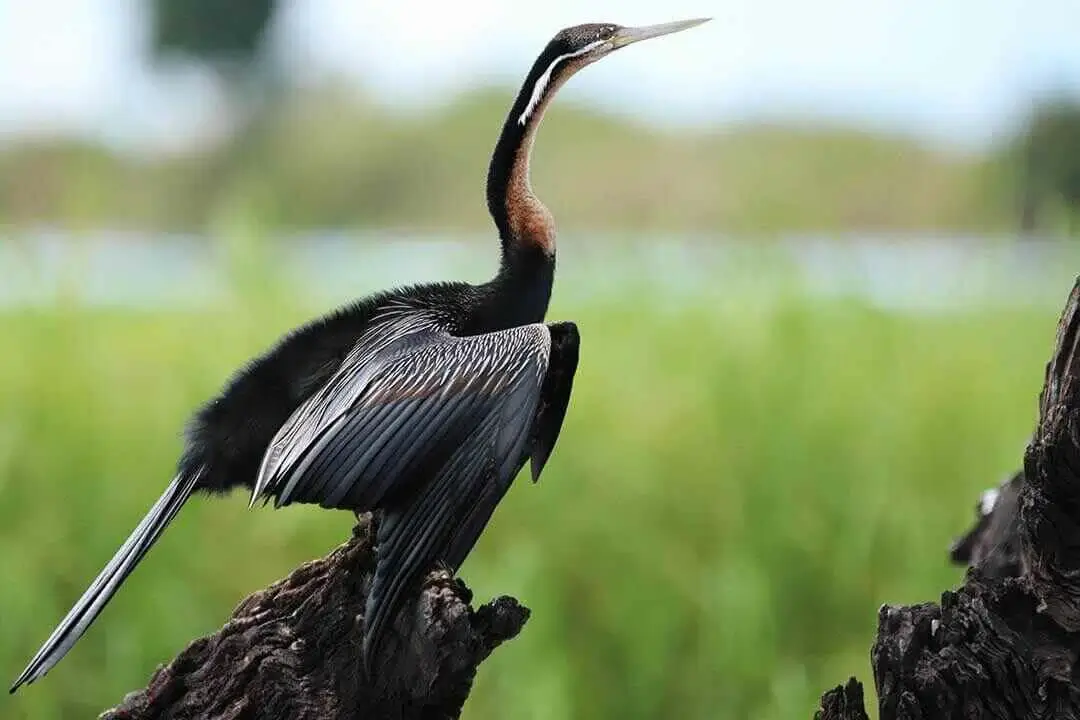
BIRDING IN
Maasai Mara
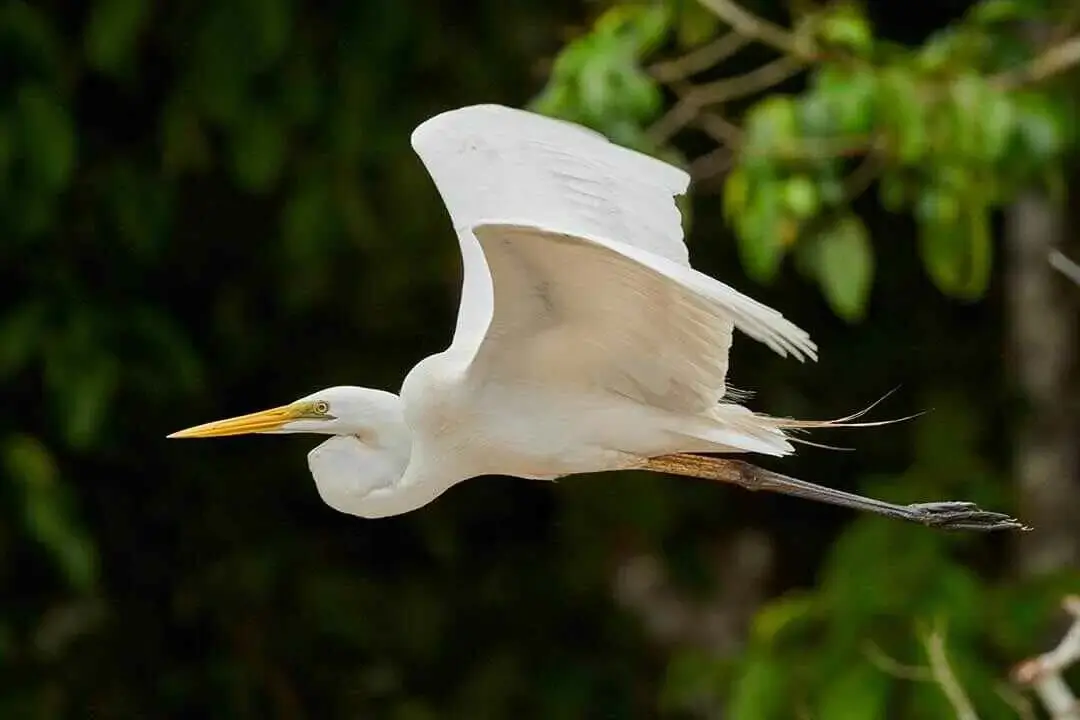
BIRDING IN
Maasai Mara
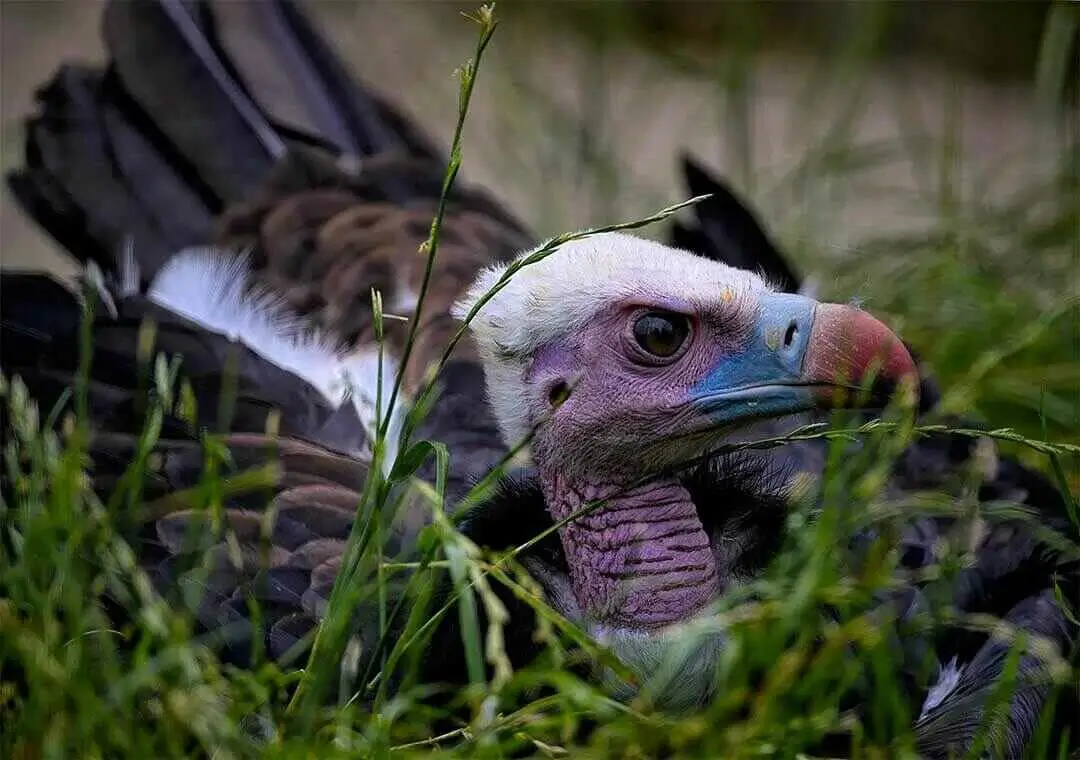
BIRDING IN
Maasai Mara
Masai mara is found in the Rift Valley covering an Area of 664,000 ha with an altitude of 1,500 - 2,170 meters. This area includes the Masai Mara National Reserve (181,200 hactares) and the surrounding wildlife dispersal areas (482,800 hactares) in southwestern Kenya. Collectively, the reserve and its surroundings are often called the Greater Mara here, Masai Mara refers to the entire Important Bird Area. The site adjoins the Serengeti National Park along the Kenya/ Tanzania border, and is considered part of the same ecosystem. The National Reserve is Kenya's most-visited protected area, world famous for its high density of herbivores and predators, and the annual migrations of wildebeest Connochaetes taurinus.
In 1996, it was nominated for designation as a World Heritage Site. To the north, east and west are large parcels of land demarcated as group ranches owned and inhabited by the semi-nomadic pastoral Maasai people. This communal land forms an extensive wildlife dispersal area for the reserve, comprising the group ranches of Siana (152,000 hactares), Koiyaki (94,000 hactares), Olkinyei (80,000 hactares), Lemek (66,000 hactares), Kimindet (37,000 hactares), Olorien (26,000 hactares), Olchorro Ouirwa (11,800 hactares), Kerinkani (8,100 hactares) and Angata Baragoi (7,900 hactares).
Habitats in the Masai Mara are varied, including open rolling grassland, riverine forest, Acacia woodland, swamps, non-deciduous thickets, boulder-strewn escarpments, and Acacia, Croton and Tarchonanthus scrub. The permanent Mara and Talek rivers, and their tributaries, flow through the reserve and approximately trisect it. There is a pronounced rainfall gradient from the drier east (with c.800 milimeters rain per year) to the wetter west (with 1, 200 milimeters per year).
The Mara's extensive grasslands are a stronghold for the threatened, migratory Crex crex and the near threatened, restricted-range Euplectes jacksoni. The woodlands around the reserve are probably the centre of abundance for the threatened, restricted-range Prionops poliolophus. The restricted-range Histurgops ruficauda has recently been sighted within the reserve, near the southern border, and may be expanding its range northwards. More than 500 other bird species are known to occur, including 12 species of Cisticola and 53 birds of prey. Grassland birds are especially well represented.
Large numbers of Palearctic migrants winter in the area, including Charadrius asiaticus and Ciconia ciconia. The Oloololo or Siria Escarpment is one of the few Kenyan sites for Cisticola aberrans. Other local and unusual birds in the Masai Mara include Ardeola rufiventris, Neotis denhami, Centropus grillii, Cercomela familiaris, Calamonastes undosus, Cisticola angusticauda, Hippolais icterinia (in the northern winter), Hyliota flavigaster, Eremomela scotopus and Corvinella melanoleucus. There is a single record of Balaeniceps rex, from the Musiara swamp. Regionally threatened species include Anhinga rufa (occasional visitor), Casmerodius albus, Ephippiorhynchus senegalensis (several pairs nest), Trigonoceps occipitalis (regularly nests), Circaetus cinerascens (small numbers), Hieraaetus ayresii (occasional visitor), Polemaetus bellicosus (resident), Stephanoaetus coronatus, Coturnix adansonii (rare intra-African migrant), Porzana pusilla (occasional visitor), Podica senegalensis (resident), Neotis denhami (possibly only 2 - 3 individuals), Scotopelia peli (resident) and Buphagus africanus (common resident).
Our Experts are ready to provide answers
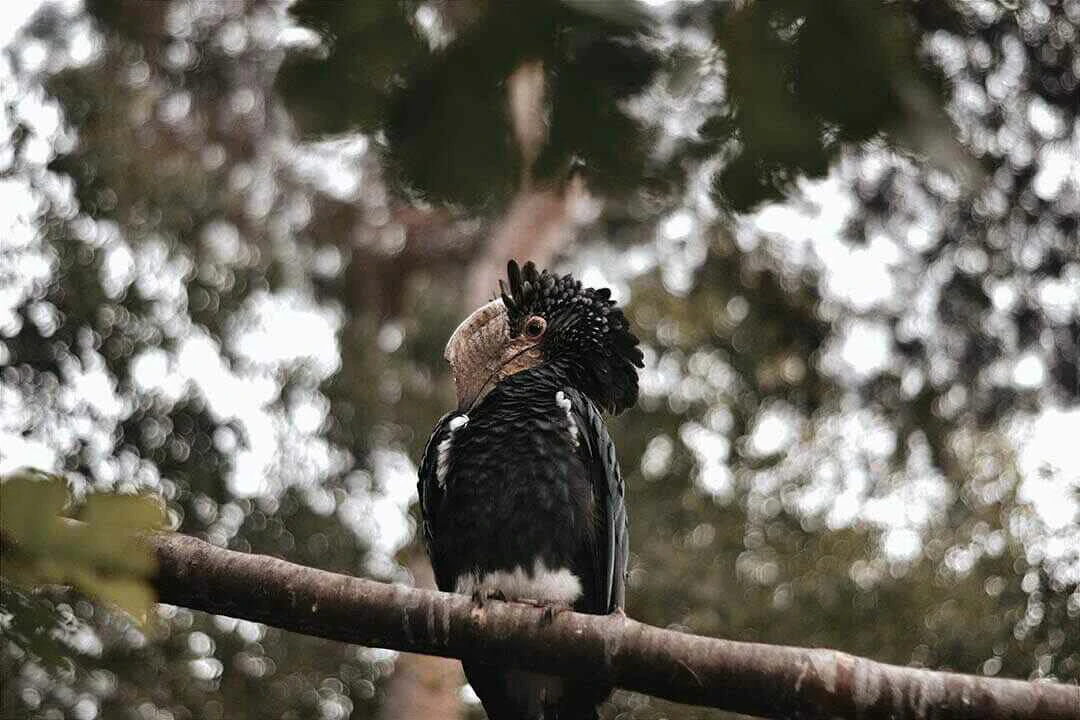
Over 200 bird species have been recorded, including Aviceda cuculoides, Buteo oreophilus, Francolinus jacksoni, F. psilolaemus and Tauraco hartlaubi. Nectarinia johnstoni is found on the high peaks, foraging largely on lobelias, while other montane sunbirds (including Nectarinia tacazze, N. reichenowi, N. famosa and N. mediocris) are common at slightly lower altitudes.
Read More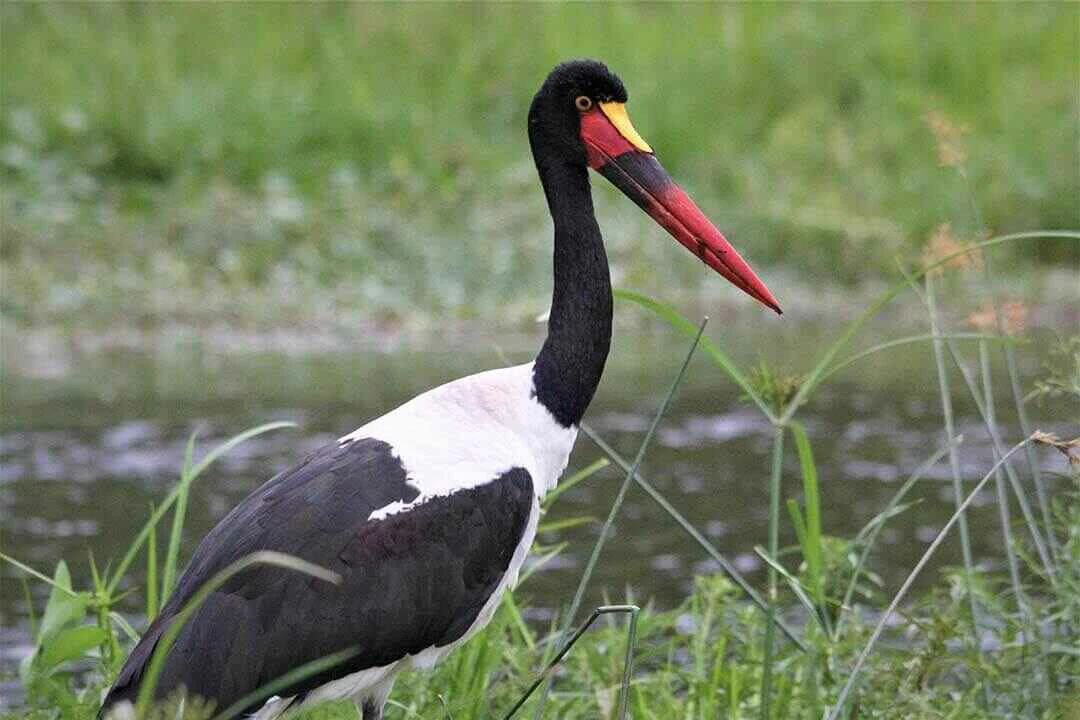
Some 244 bird species are known from this Important Birding Area. The area is important as the southern limit of many Sudan - Guinea Savanna biome birds. The most interesting species known from this little explored region is the submontane sunbird Nectarinia preussi of the Afrotropical Highlands biome.
Read More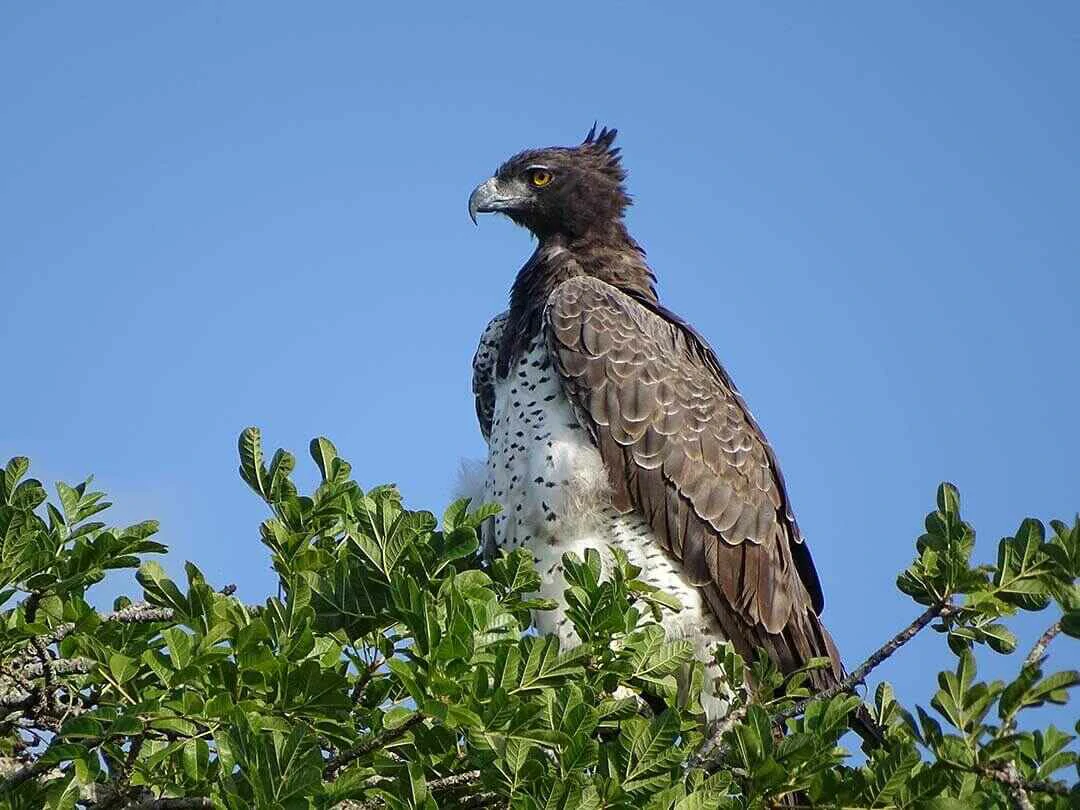
At least 16 bird species occur in Kakamega but nowhere else in Kenya, and another 30 (such as Psittacus erithacus) are probably now confined to this site. The grassy glades have their own distinctive avifauna, with many moist-grassland species that are now rare elsewhere in western Kenya. Regionally threatened species include Circaetus cinerascens (fairly common resident), Hieraaetus ayresii (relatively abundant),
Read More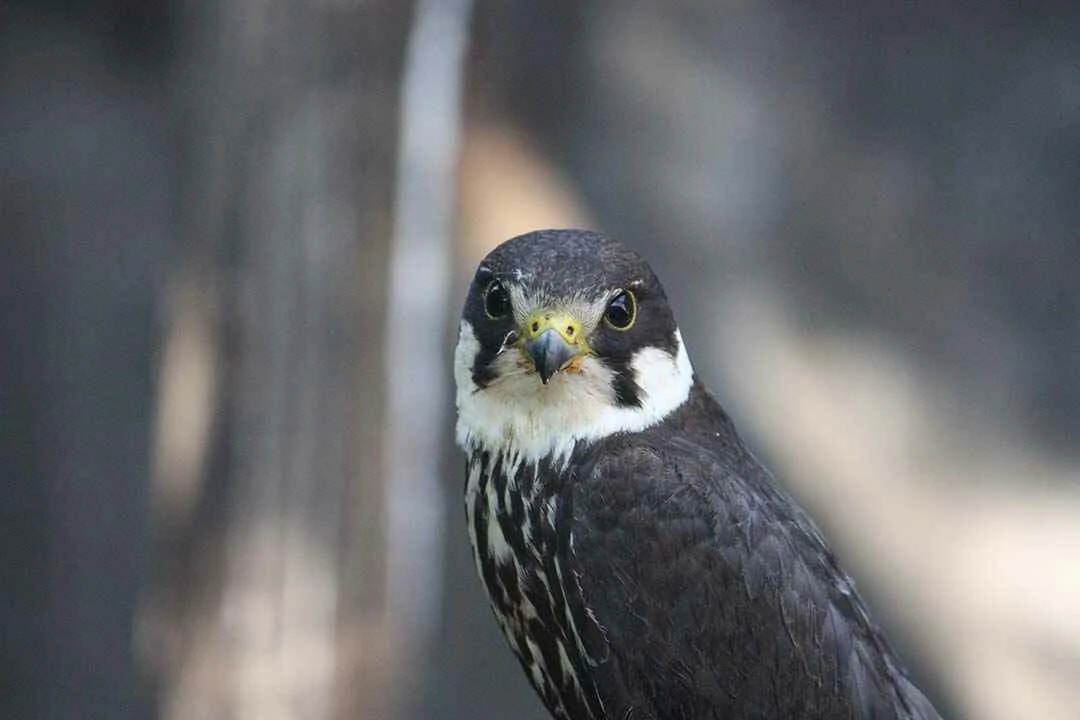
This is probably the world stronghold of Macronyx sharpei, a threatened Kenya bird endemic. The species is confined to grassland, preferring short-grass fields with tussocks, and in good habitat occurs at densities of 0.8 individuals/ hactares. Cisticola aberdare is thought to occur in the higher parts of the plateau, close to the Aberdare mountains,
Read More
Lake Elementeita is home to 13 globally threatened bird species and some of the highest bird diversities in the world. Due to the assemblage of various birds of conservation concern, such as the threatened, range-restricted Grey-crested Helmet-shrike nearly threatened which occurs in the surrounding woodland where it may be resident.
Read More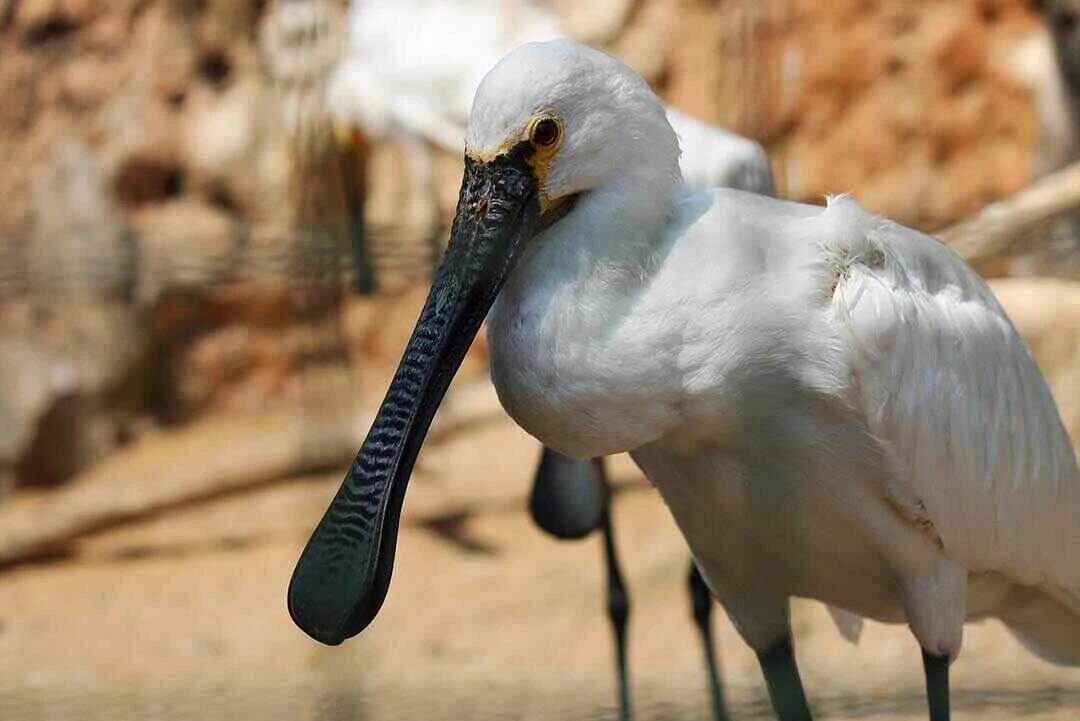
Bird life is concentrated at the lagoons. Phoenicopterus minor is often present in internationally important numbers though Magadi is a much less significant feeding site for this species than Bogoria or Nakuru.
Read More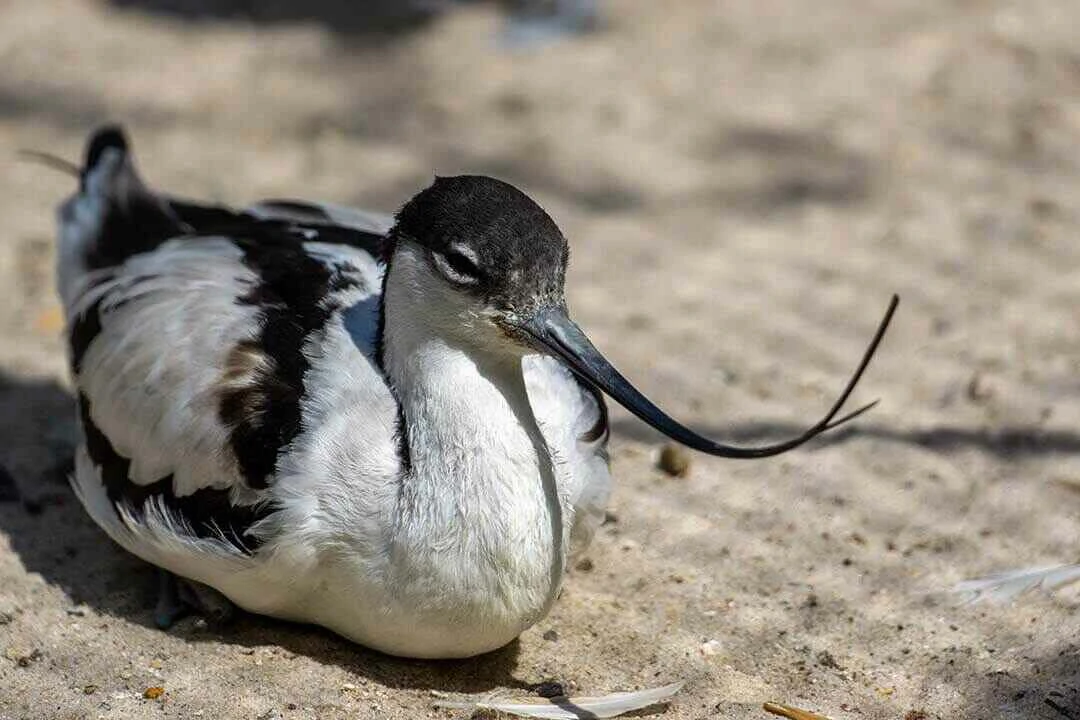
Lake Naivasha and its surrounding harbour numerous bird species that include kingfishers, pelicans, great cormorants, fish Eagles, Pelicans, Grey-backed fiscal, hawks, cuckoos, woodpeckers, shrikes, Cape Teal, Pied Avocet, Black Heron, Goliath Heron, Maccoa Duck, Great White Pelican, Common Greenshank, Ruff, Green Sandpiper, Hilderbrandt's Francolin, Arrow-marked Babbler, African Fish Eagle.
Read More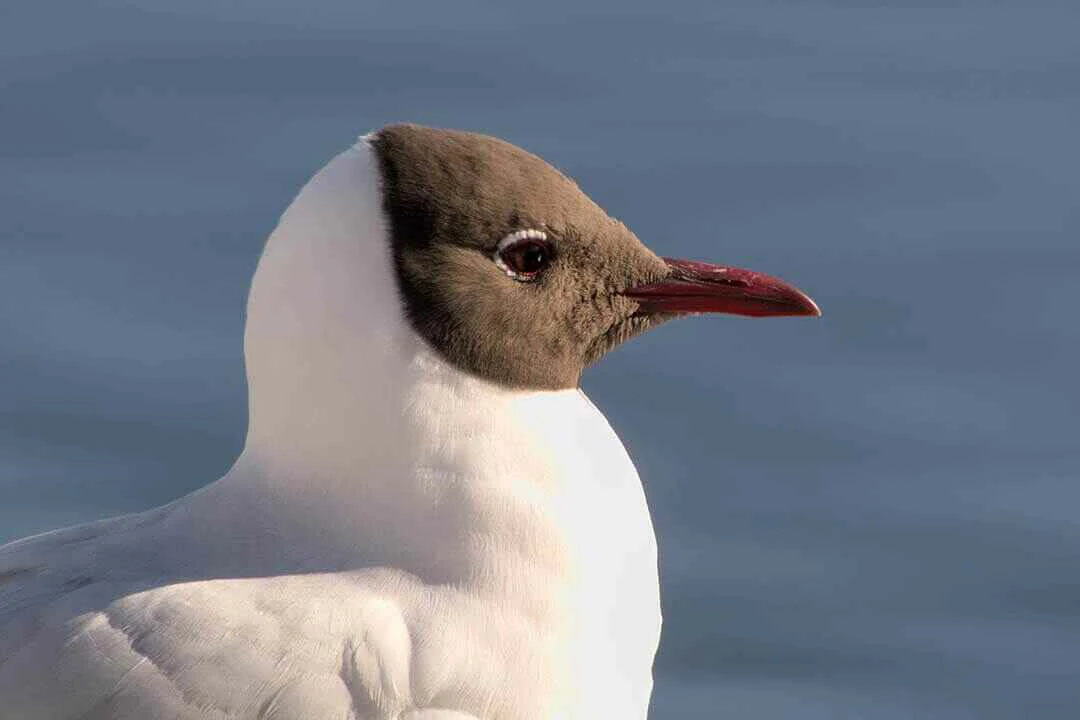
The lake is internationally famous for its populations of Phoenicopterus minor; numbers can reach 1.5 million at times, though drastic and unpredictable fluctuations occur. Undoubtedly Nakuru is a very important feeding site for this species; attempts by flamingos to breed here have not been successful.
Read More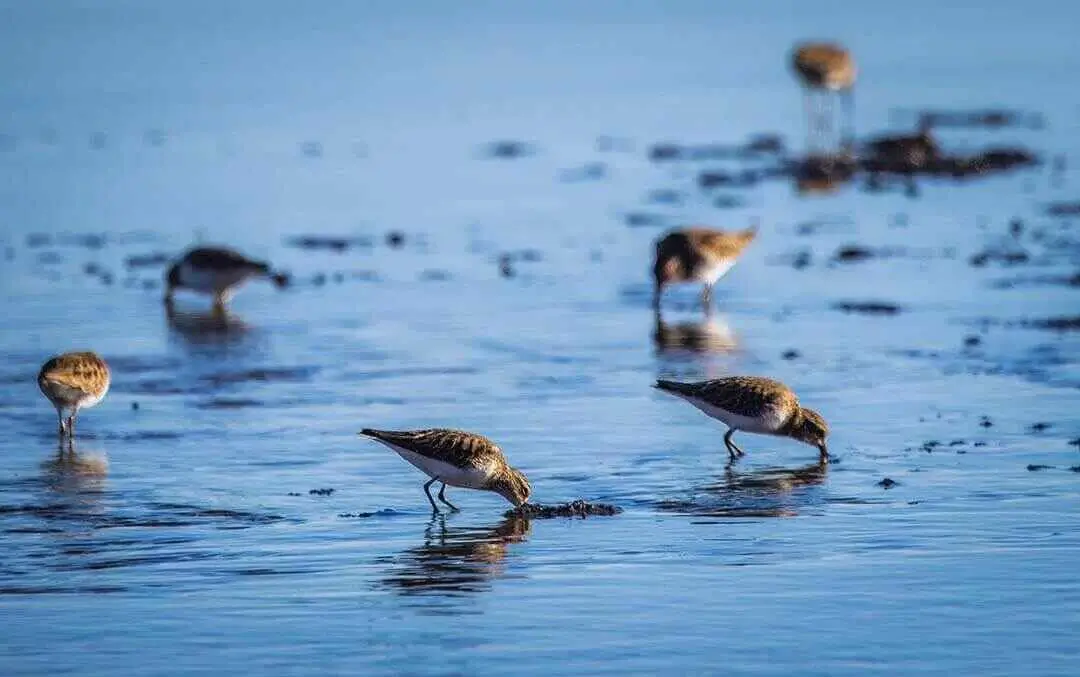
Turkana is an extremely important waterbird site: 84 water bird species, including 34 Palearctic migrants, have been recorded here. Over 100,000 Calidris minuta may winter, representing more than 10% of the entire East African/South East Asian wintering population.
Read More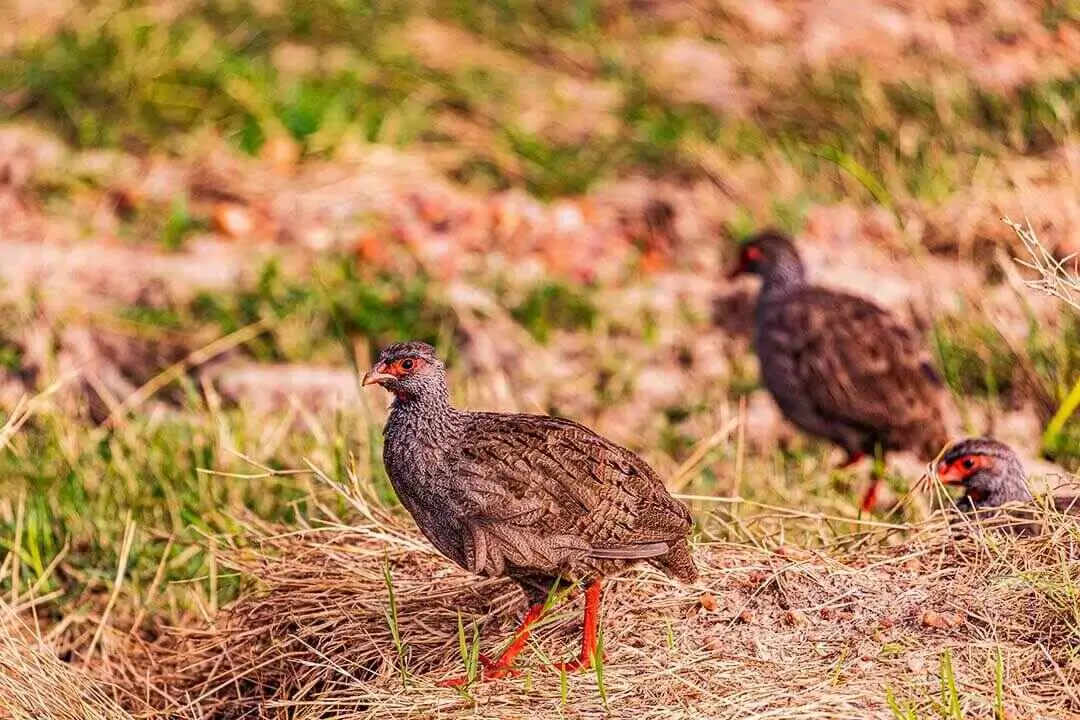
A number of regional endemics occur such as Tauraco hartlaubi and the restricted-range Cisticola hunteri and Francolinus jacksoni. Regionally threatened species include Hieraaetus ayresii (scarce and local), Stephanoaetus coronatus (resident in small numbers), Tyto capensis (no recent records), Bubo capensis, Glaucidium tephronotum (fairly common), Indicator exilis, Sheppardia polioptera (uncommon and local), and Campephaga quiscalina (uncommon resident).
Read More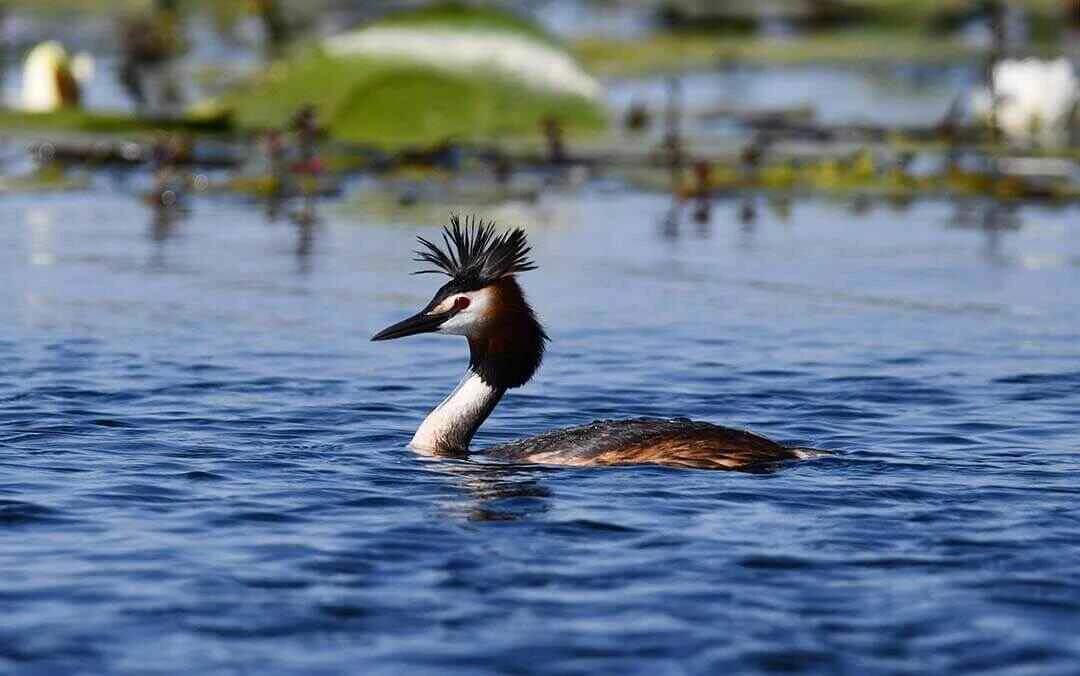
Key species here include Macronyx sharpei and Cisticola aberdare both known to occur, but their current status and distribution within the Important Bird Area are unknown. Falco naumanni is a formerly regular Palearctic passage migrant, and Gallinago media is an uncommon Palearctic winter visitor.
Read More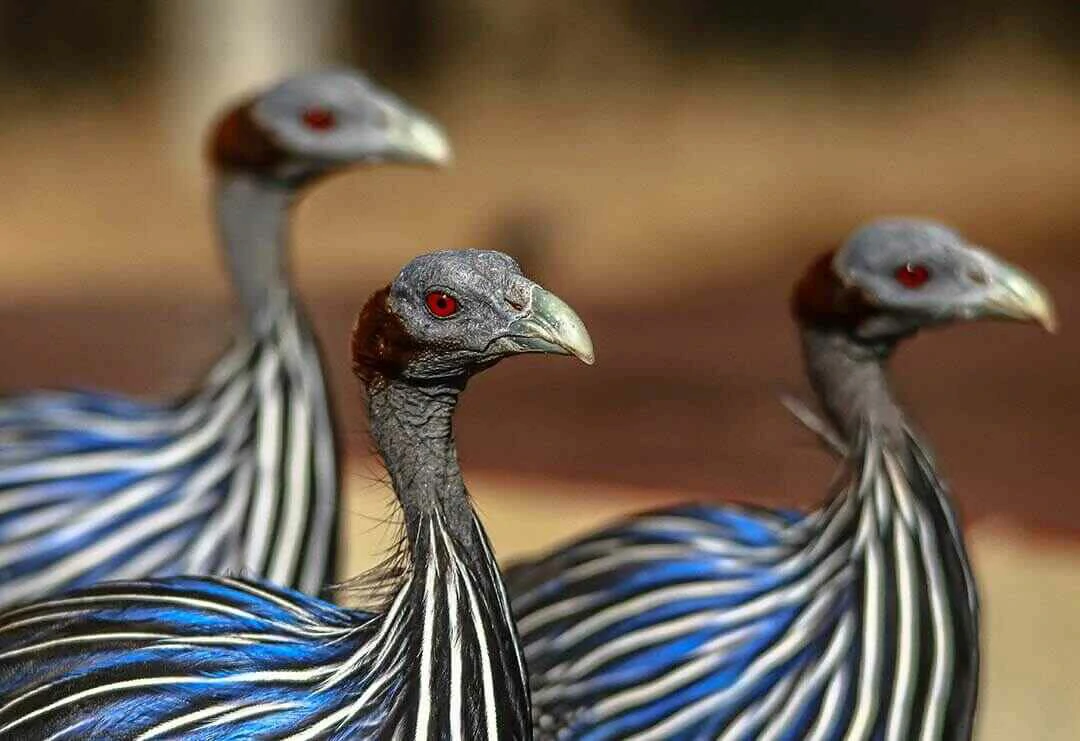
Meru offers good bird watching throughout the year, but the best time is from November to April when the migrants from Europe and North Africa are present. This coincides with the breeding season when many species are nesting. Although good for birding, April tends to be very wet and is a less productive time for wildlife viewing.
Read More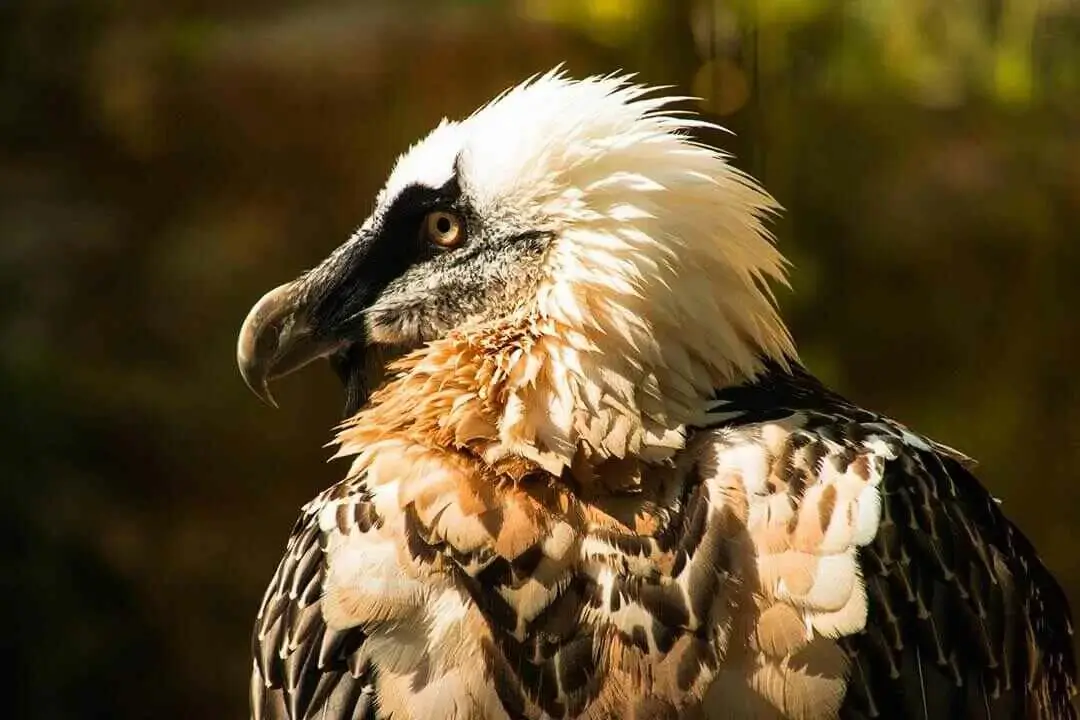
Mount Elgon National Park is home to 305 species of birds most of which are only found, Jackson's and Moorland Francolins, endemic to Kenya, Hartlaub's Turaco, Black-collared Apalis, and Streaky-headed Seedeater.
Read More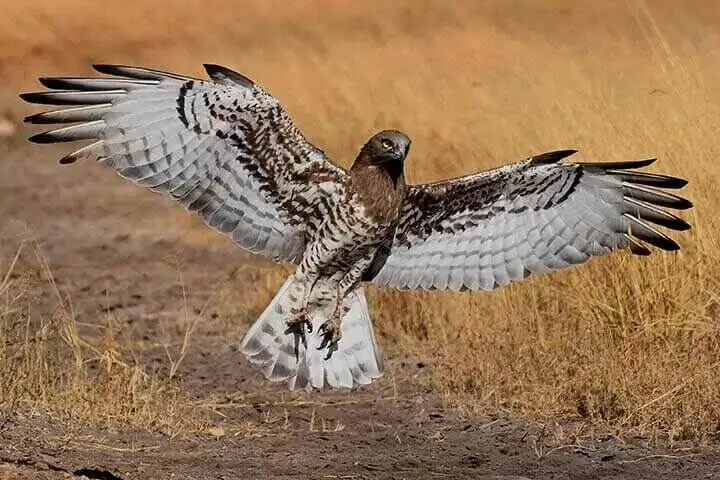
Mount Kenya National Park is home to 305 species of birds most of which are only found, Jackson's and Moorland Francolins, endemic to Kenya, Hartlaub's Turaco, Black-collared Apalis, and Streaky-headed Seedeater.
Read More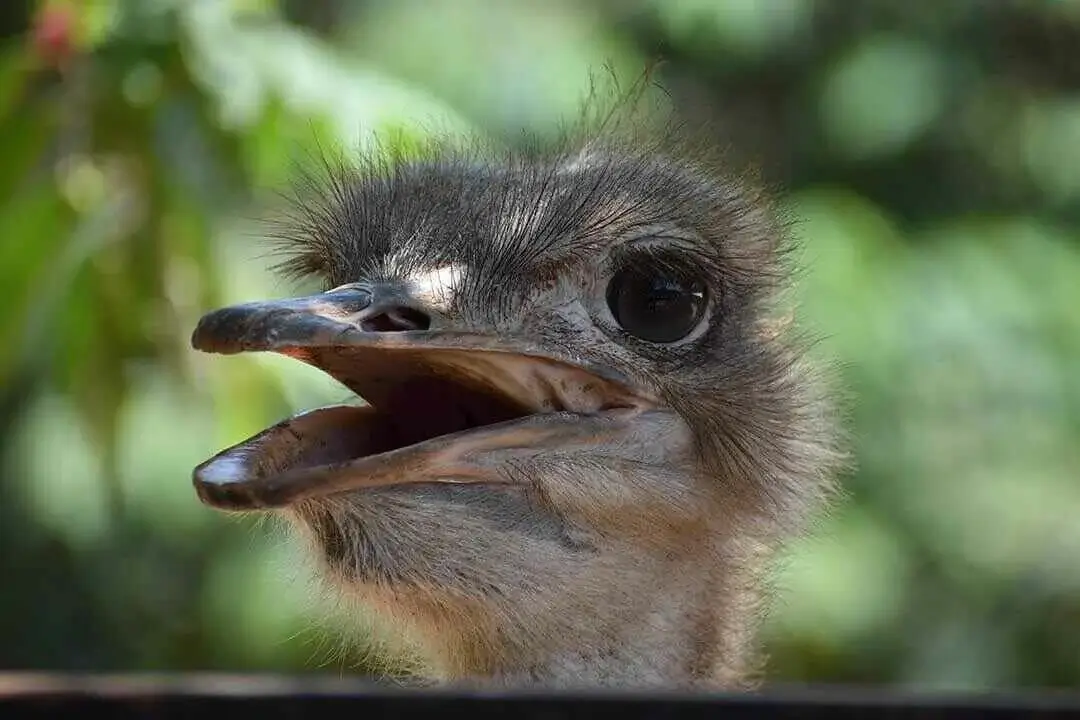
Nairobi National Park is an important roosting site for Falco naumanni flocks on passage (up to 5,000 have been recorded), although numbers have declined markedly in recent years. The substantial area of undisturbed grassland is of great importance for species such as the restricted-range Euplectes jacksoni, which breeds here regularly after good rains
Read More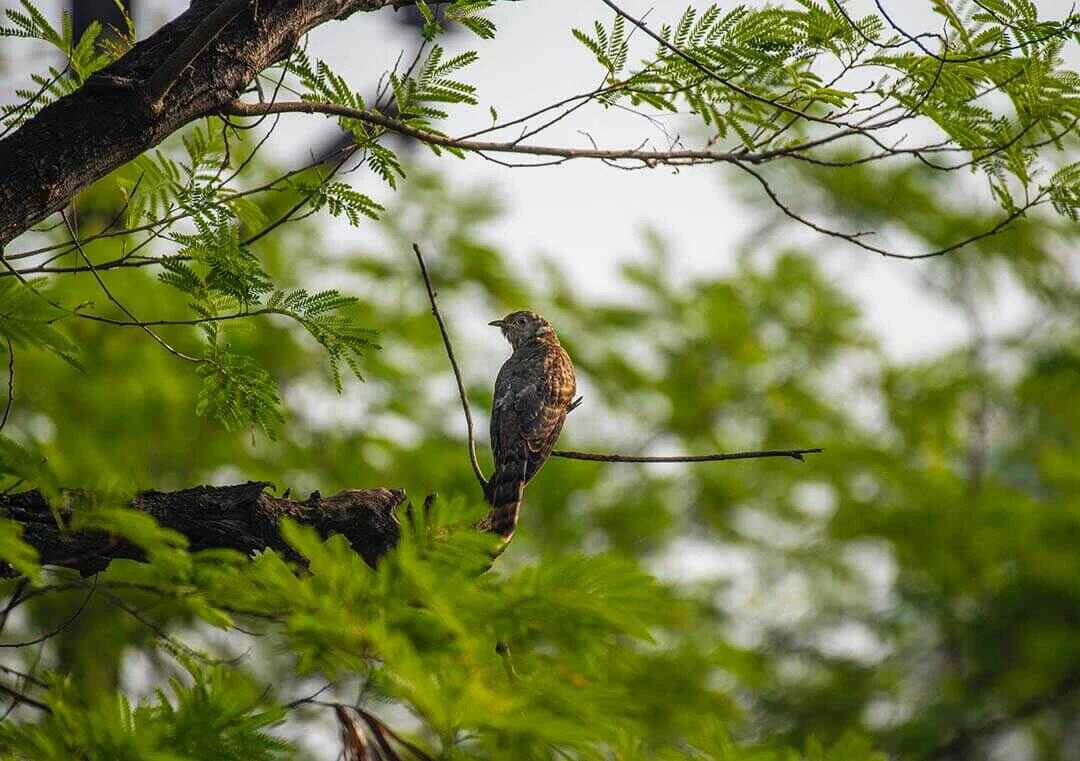
Ruma National Park is a birding destination with over 400 species of birds recorded in the park, making it an important bird area, the rare intra African migrant, the blue swallow is one such avian species.
Read More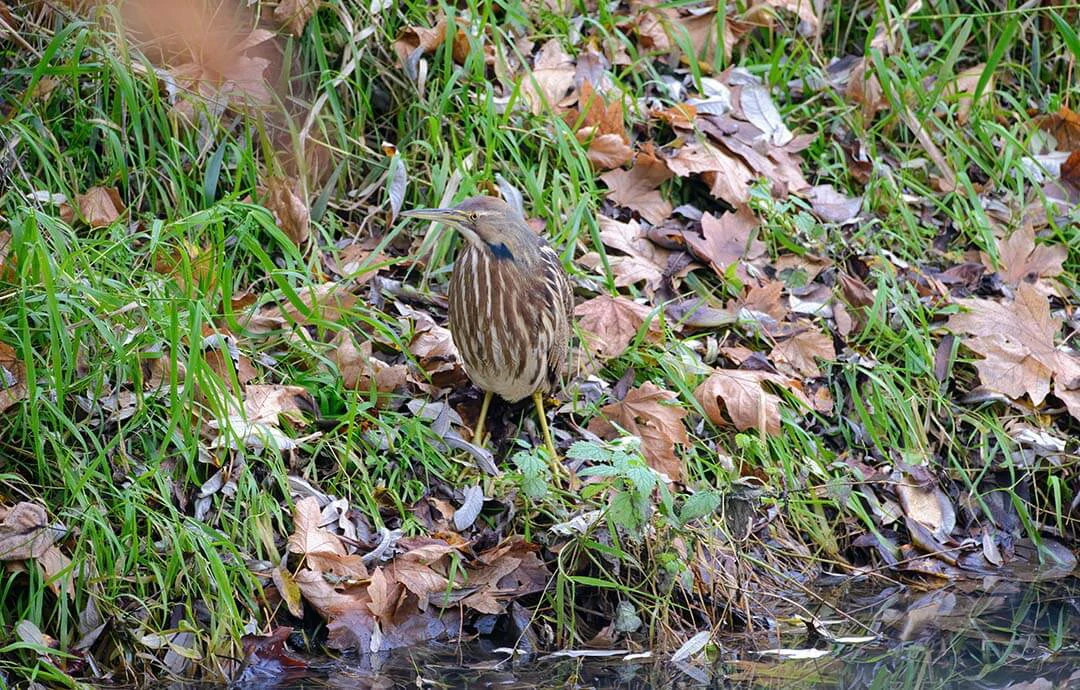
Saiwa National Park Birds include, Dwarf Bittern, Western Reef Heron, Goliath Heron, African Fish Eagle, African Marsh Harrier, Bat Hawk, Wahlberg's Eagle, Allen's Gallinule, African Green Pigeon, Ross's Turaco, Blue-headed Coucal, Narina Trogon, Abyssinian Roller, Mustached Green Tinkerbird, Slender-billed Greenbul, Grey-winged Robin-Chat, African Thrush, White-browed Crombec, Black-throated Apalis, Black-throated Wattle-eye, African Blue Flycatcher, Brown Flycatcher, Yellow-billed Shrike, Marsh Tchagra, Bronze Starling, Heuglin's Masked Weaver, Hartlaub's Marsh Widowbird Black-bellied Seedcracker
Read More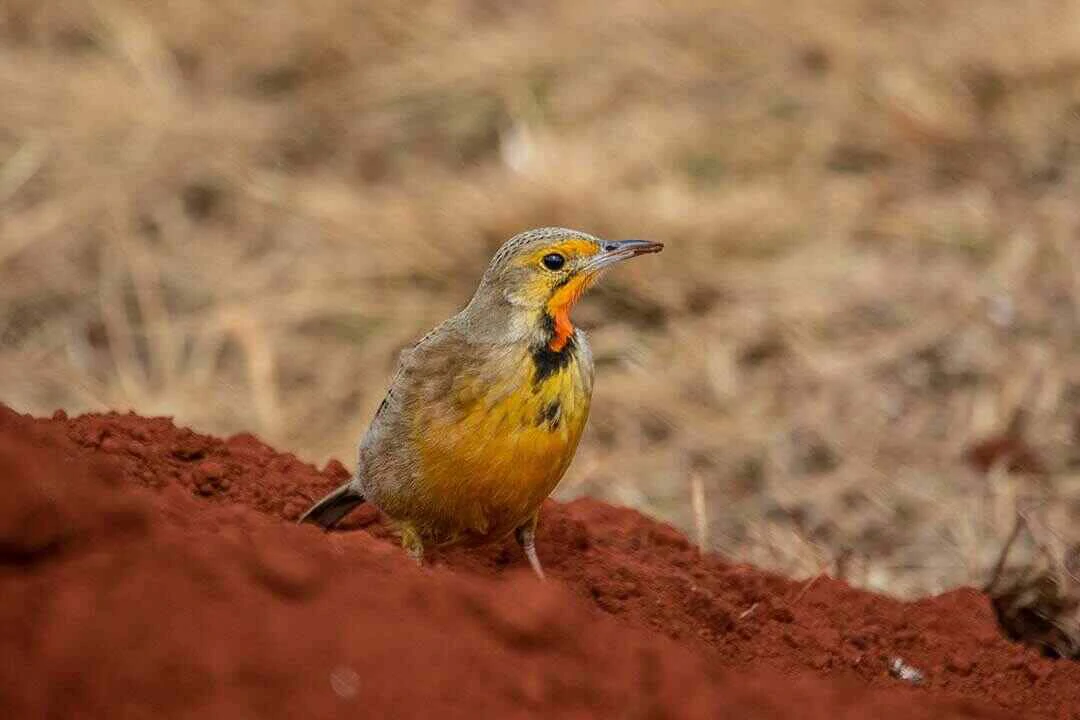
Tsavo East National Park is the one of the best birding safari destination in Kenya and the entire East African region. It has many dry- country specials which are easy to spot, including the bravura golden- breasted, golden pipit and the Vulturine Guinea fowl. The park is also south most known for the Somali ostrich.
Read More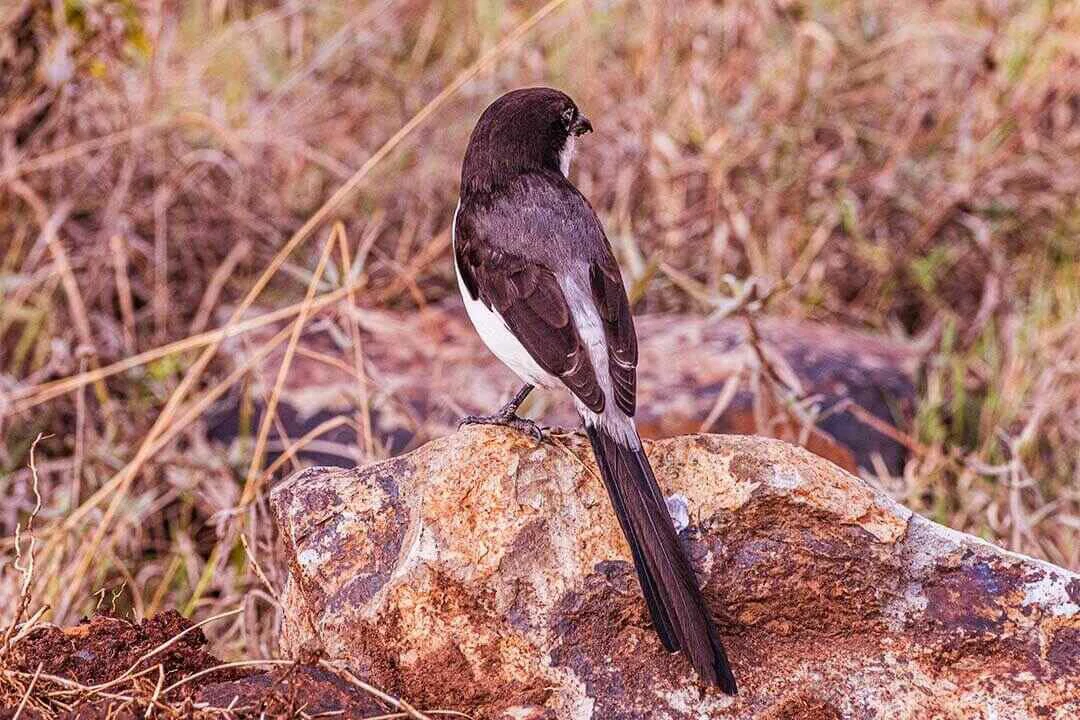
Tsavo West has a rich avifauna. The enigmatic, Near Threatened Mirafra pulpa has been recorded singing and displaying in years of good rains, and presumably nests here. Tsavo West forms part of a corridor of natural habitat in eastern Kenya through which vast numbers of Palearctic birds migrate, especially in November and December.
Read More